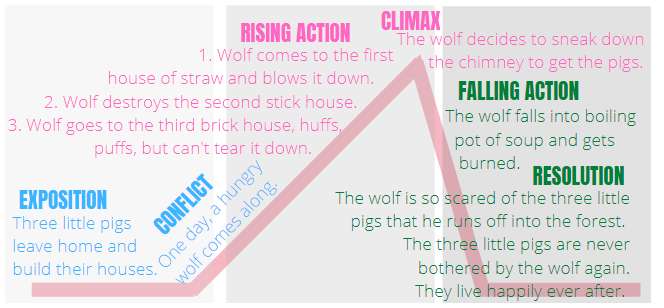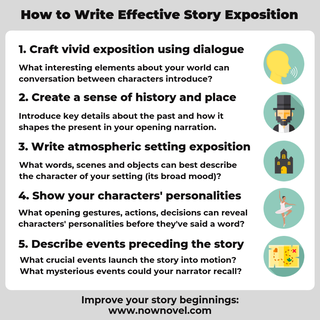Narrative Writing
Narrative writing involves crafting a compelling and engaging story. Students are tasked with developing characters, setting, and plot in a way that captivates the reader’s attention. Through vivid descriptions, well-paced sequences, and thoughtful use of dialogue, narrative writing aims to transport the audience into the fictional world created by the writer. The challenge lies in constructing a cohesive narrative structure, incorporating elements like exposition, rising action, climax, falling action, and resolution.
Successful narrative writing in the 1123 examination not only demonstrates a command of language and storytelling techniques but also showcases the ability to evoke emotions and sustain reader interest throughout the narrative journey.
1. Understanding Elements of Plot
In narrative writing, understanding the elements of plot is crucial. This includes introducing the exposition (setting, characters), establishing the conflict, developing rising action, reaching a climax, falling action, and ultimately, the resolution. Writers should craft a well-paced plot to maintain reader engagement. Click here for some useful resources.

2. Developing Characters and Settings
Narrative writing in involves creating characters that are relatable and dynamic. Develop characters with distinct personalities, motivations, and conflicts. Settings should be vividly described, providing a backdrop that enhances the overall atmosphere of the story. Both characters and settings should contribute to the narrative’s themes and mood. For some useful graphic organizers and resources, click here.

3. Structure
Structure is the framework that holds a narrative together. Narratives should have a clear beginning, middle, and end. Consider how events unfold, ensuring a logical sequence that builds tension and interest. A well-structured narrative helps readers navigate the story smoothly.
4. Creating Dialogues
Dialogues play a crucial role in narrative writing. They bring characters to life and advance the plot. Effective dialogue should be natural, revealing character traits, relationships, and moving the story forward. Use dialogue tags, varied sentence structures, and punctuation to make conversations engaging and authentic.
Context Embedded Grammar
Context-embedded grammar refers to the incorporation of grammatical principles within the broader context of language usage. It emphasizes understanding and applying grammar rules in real-world situations, such as those encountered in reading passages or writing prompts. Rather than treating grammar in isolation, context-embedded grammar acknowledges that effective language use involves considering the nuances of context, audience, and purpose.

In English Language 1123 examinations, this approach may require students to apply grammatical concepts—such as sentence structure, punctuation, and verb tense—within the specific communicative tasks presented, ensuring that grammatical accuracy aligns seamlessly with the broader language context in which it operates. This approach not only assesses the knowledge of grammar rules but also evaluates the ability to use them effectively within the given linguistic context.
Conclusion:
In conclusion, narrative writing in CIE English Language 1123 is an art that goes beyond storytelling. It demands a nuanced understanding of plot elements, character development, structure, and the use of dialogues. Successful narratives showcase not only language proficiency but also the ability to evoke emotions and sustain reader interest.
The incorporation of context-embedded grammar further emphasizes the practical application of grammatical principles in real-world language use.



